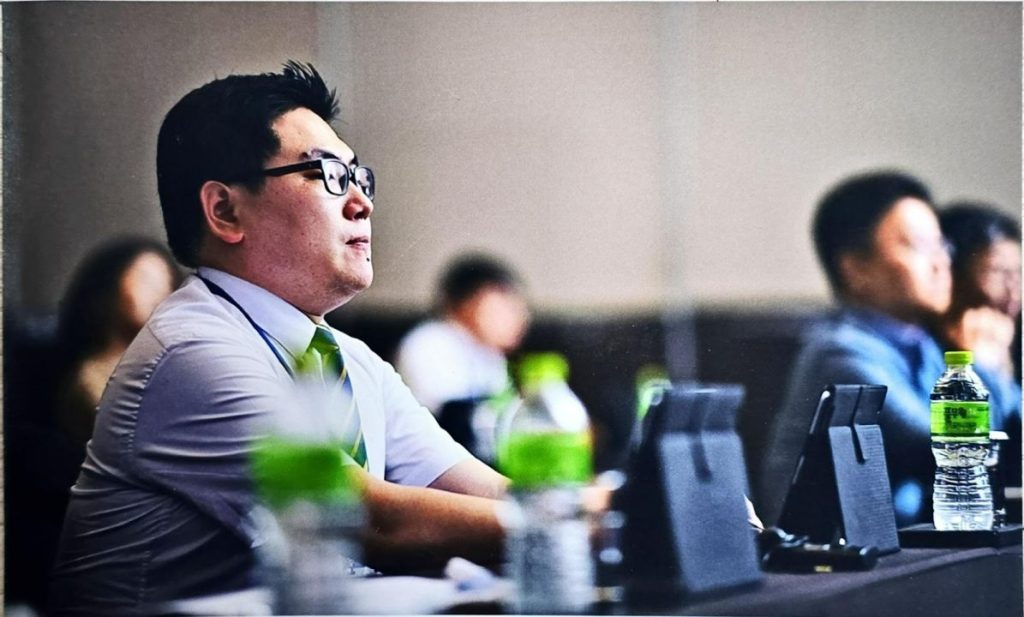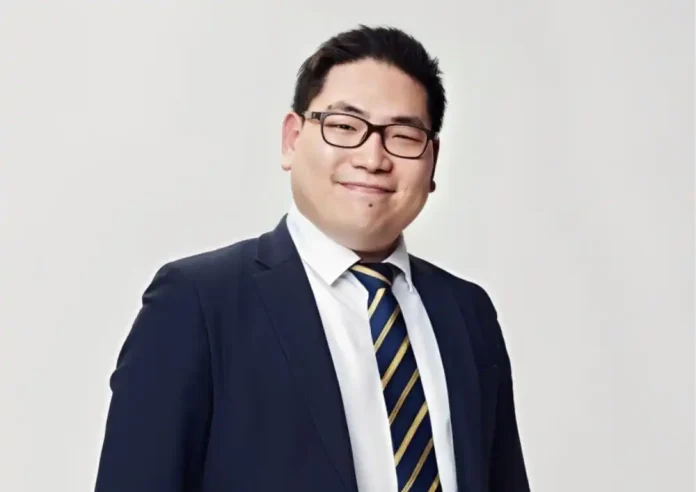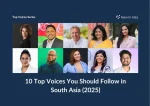“The future of Asian healthcare will belong to those who understand that inclusion is not philanthropy — it’s strategy.”
Dr. Dae Wook Lee, Chief Strategy, Marketing, and Commercial Operations Officer (CSMCOO) at GE Healthcare Korea, is a rare hybrid in healthcare leadership. With clinical training from the UK in medicine and surgery, an MBA, and senior leadership roles across Takeda, Novartis, and now GE, he brings a uniquely integrated perspective to Asia’s most pressing healthcare challenges.
Named one of NIA’s Top 10 Voices to Follow in Korea (2025), Dr. Lee is known not only for his strategic vision but also for his multi-dimensional leadership — as a published author, martial arts expert, and advocate for human-centered innovation in digital health.
In this Industry Insights feature, Dr. Lee shares how AI is reshaping diagnostics, why access—not technology—is Asia’s biggest barrier, and how public-private collaboration can unlock equitable care at scale.
Highlights
Designing Systems, Not Just Prescribing Solutions
Q: You’ve spoken about the need to make healthcare more accessible, precise, and sustainable. What does that actually look like on the ground in Asia—and where do you see the biggest opportunities for impact?
A: In Asia, accessibility isn’t just about reaching more patients — it’s about reaching them better. The region’s healthcare systems vary dramatically, from high-tech environments in South Korea and Singapore to emerging infrastructures in parts of Southeast Asia.
To truly make healthcare accessible, we need to think in three dimensions: infrastructure, intelligence, and inclusion.
When I first studied medicine in the UK, I was trained to diagnose and treat disease. But early on, I realized true healing often depends more on the systems we build than the medicines we prescribe. That insight shifted my path — from clinician to strategist — across leadership roles at global firms like Novo Nordisk, Boehringer Ingelheim, Takeda, and Novartis.
At GE Healthcare, my focus is on precision care — using AI-driven imaging, remote monitoring, and predictive analytics to deliver the right diagnosis and treatment at the right time. Meanwhile, sustainability means designing ecosystems that scale. In practice, this can be deploying modular diagnostic units powered by AI, especially in regions where building full hospitals isn’t feasible.
This is where accessibility meets precision — and sustainability becomes not just environmental, but economic and structural.
A Career Across Borders — and Sectors
Q: You’ve worked across global pharmaceutical firms and now lead at GE Healthcare. How has your cross-sector experience shaped your approach to healthcare innovation and delivery?
A: My journey spans pharma and medtech — and that blend has shaped my belief that healthcare is a continuum, not a silo. Pharma taught me patient-centricity and the power of evidence. Medtech taught me how technology and data interoperability can change lives.
Now, we’re seeing these worlds merge: imaging data used not just for diagnostics but also as predictive biomarkers that link directly to therapeutic outcomes.
I still carry the clinician’s mindset: every decision must answer the question — how does this improve the patient journey? That’s the compass I follow — from treating individuals to leading industry-wide change.

Data, Equity, and AI That Understands Context
Q: You speak about reimagining the patient journey “with equity and quality at its core.” What role does data play in balancing personalization with scalability in diverse healthcare systems?
A: Data is now the infrastructure of healthcare. But raw data means little without clinical insight and responsible interpretation.
AI has the power to turn fragmented data into actionable intelligence — identifying early cardiac risks, personalizing treatment, or optimizing care pathways. But AI alone doesn’t solve inequity — people do. That’s why I advocate for responsible AI frameworks and localized development.
An algorithm trained on Korean data may underperform in India or Vietnam. That’s why we build local data partnerships — ensuring precision care doesn’t become exclusive care.
My belief is simple: AI should augment human judgment, not replace it. Done right, predictive analytics can catch disease before symptoms appear. But unless models understand genetic, cultural, and systemic nuances, we risk deepening inequality. Localization is key to scale without exclusion.
Innovation Exists — But Doesn’t Always Reach Everyone
Q: Asia is often viewed as a tech-forward region. But innovation doesn’t always reach rural or underserved communities. How can public-private partnerships help close this accessibility gap?
A: Asia’s challenge isn’t innovation — it’s distribution. Urban hospitals may adopt AI and robotics, while rural clinics lack even basic tools.
This is where public-private partnerships (PPPs) become essential. In South Korea, for instance, we worked with the Ministry of Health and hospitals to deploy AI-guided mobile ultrasound in underserved provinces. Nurses and community workers were trained to use portable imaging devices — expanding maternal and cardiac care access significantly.
To scale this, we need policy alignment, interoperable data systems, and sustainable funding models. Leaders must also redefine ROI to include human impact.
A healthier population isn’t just morally right — it’s economically smart. Inclusion isn’t charity. It’s a strategy.
Leading with Empathy, Managing with Evidence
Q: You’ve framed healthcare as a human right, not just an industry. How do you translate that conviction into business strategy—especially when balancing growth targets with equitable outcomes?
A: I believe strongly that equity drives growth. Serving more people, better, creates new markets — not just new margins.
In every leadership role, my strategy is simple: make every commercial decision to enhance patient outcomes, provider efficiency, and system resilience.
Take digital health for small and medium-sized hospitals. That segment is often overlooked — but by equipping them with better tools, we’ve empowered clinicians to deliver higher-quality care at scale. That’s good for business — and even better for the system.
Final Thoughts: Where Healthcare Strategy Meets Human Impact
As our conversation ends, it’s clear that Dr. Dae Wook Lee isn’t just navigating the evolution of healthcare — he’s helping shape it.
His journey — from clinical halls in the UK to the boardrooms of Asia’s healthcare giants — reflects a rare ability to bridge science, strategy, and empathy. Whether leading cross-border precision care initiatives or publishing peer-reviewed AI research in global medical journals, his focus remains steady: make healthcare more equitable, intelligent, and human.
His early work — including a published study in PLOS ONE on AI-based facial analysis for rare genetic diseases — marked the beginning of a career rooted in data-driven precision. Read the study here.
He believes that the future of healthcare lies not in replacing clinicians with machines, but in augmenting human insight with responsible, localized technology — especially across the diverse and complex systems of Asia.
“Lead with empathy, manage with evidence, execute with integrity,” he says — a philosophy that now guides every strategic decision he makes. In a region where access still defines outcomes more than innovation, leaders like Dr. Lee are proving that impact isn’t just about what we build — it’s about who gets to benefit.
Highlights
Read the Chinese article here.








